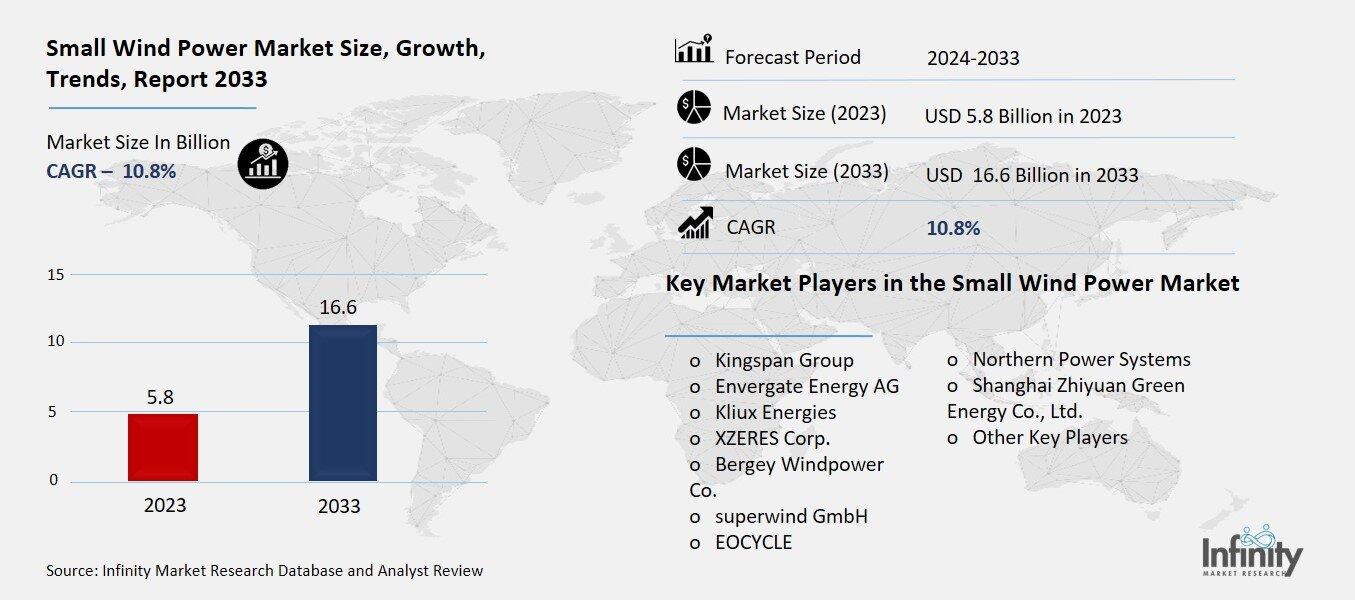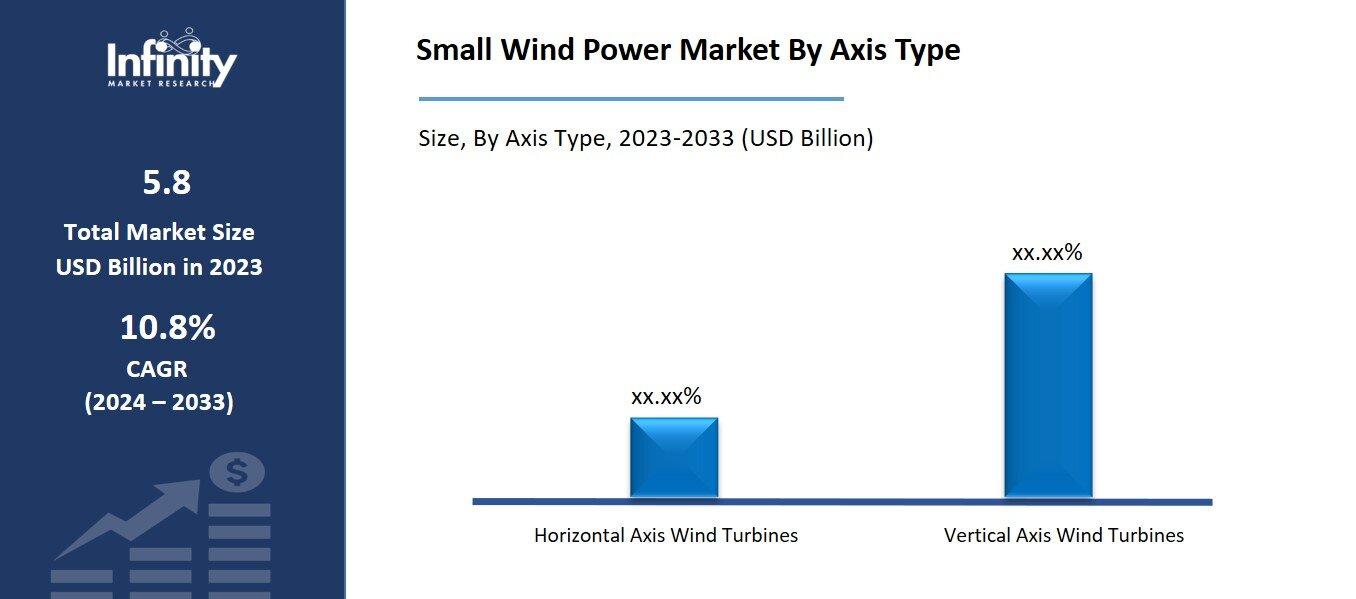
🔐 Secure Payment Guaranteed
Safe checkout with trusted global payment methods.
🌟 Why Choose Infinity Market Research?
At Infinity Market Research, we dont just deliver data — we deliver clarity, confidence, and competitive edge.
In a world driven by insights, we help businesses unlock the infinite potential of informed decisions.
Here why global brands, startups, and decision-makers choose us:
Industry-Centric Expertise
With deep domain knowledge across sectors — from healthcare and technology to manufacturing and consumer goods — our team delivers insights that matter.
Custom Research, Not Cookie-Cutter Reports
Every business is unique, and so are its challenges. Thats why we tailor our research to your specific goals, offering solutions that are actionable, relevant, and reliable.
Data You Can Trust
Our research methodology is rigorous, transparent, and validated at every step. We believe in delivering not just numbers, but numbers that drive real impact.
Client-Centric Approach
Your success is our priority. From first contact to final delivery, our team is responsive, collaborative, and committed to your goals — because you re more than a client; you re a partner.
Recent Reports
Global Myopia Control Lenses Market Report 2025-33
Hyaluronic Acid-based Dermal Fillers Market Report
Small Wind Power Market
Global Small Wind Power Market (By Axis Type, Horizontal Axis Wind Turbines and Vertical Axis Wind Turbines; By Application, On-Grid and Off-Grid; By Region and Companies), 2024-2033
Oct 2024
Energy and Power
Pages: 138
ID: IMR1271
Small Wind Power Market Overview
Global Small Wind Power Market acquired the significant revenue of 5.8 Billion in 2023 and expected to be worth around USD 16.6 Billion by 2033 with the CAGR of 10.8% during the forecast period of 2024 to 2033. The small wind power market can be described as a part of the wind energy market which deals with relatively compact units that are designed for private, business, and agricultural use. These turbines, which have rated outputs generally below 100 kW, offer deployed electricity generation and are mainly widespread in areas with excellent wind potential. Some of the main trends which propel this market involve the rising demand for electricity from renewable resources, policies put in place, and public awareness of environment friendly energy. Turbine technology development and accompanying integration with smart grid systems have also contributed to increased demand.

Drivers for the Small Wind Power Market
Growing Demand for Clean Energy
The rising trend on global carbon reduction and move to utilize renewable energy sources is also a driving factor in the use of small wind power systems. Some of the nations, businesses and buyers globally are keen on finding ways to impact their net carbon ratings to address this emerging phenomenon. With countries adopting stringent standards on emissions and more nations sign into climate goals and targets, renewable energy particularly wind energy is attracting massive attention. More specifically, small wind turbines are reliable localized resource for residential, commercial, rural use reducing the dependence on fossil fuel.
Furthermore, local generation of energy coincides with goals in sustainability by producing clean or carbon free electricity generation at the specific locations where it is required. There is another external pressure coming also from various global agreements such as the Paris Accord, which calls on nations to increase their usage of renewable energy sources. Small wind power solutions are therefore proving instrumental particularly under wind energy which is one of the most abundant and clean energy sources.
Restraints for the Small Wind Power Market
Intermittency of Wind Power
The variability of wind energy is one of the primary challenges faced by the small wind power market. Wind speeds fluctuate throughout the day and across seasons, which can result in inconsistent power generation. This intermittency makes it difficult to rely solely on wind power for continuous electricity supply, especially in regions where wind patterns are less predictable. Without proper energy storage systems, such as batteries, or backup power sources like solar or grid connections, small wind turbines may not meet the constant energy demands of homes or businesses. The inconsistency in generation can also create challenges for integrating wind power into the grid, as sudden drops in output may require supplementary power to stabilize the system.
Opportunity in the Small Wind Power Market
Technological Innovation and Customization
Ongoing research and development (R&D) efforts are crucial to advancing the efficiency, affordability, and versatility of small wind turbine designs, significantly expanding the market's reach. Innovations in aerodynamics, materials, and energy conversion technologies are helping to increase the power output of turbines, even in areas with lower wind speeds. These advancements improve the overall efficiency of small wind systems, making them a more viable option for a wider range of geographical locations.
In addition, R&D is driving down manufacturing and installation costs, helping to make small wind power more competitive with other renewable energy sources like solar. Customization is another key area of development, as manufacturers work to create turbines tailored to specific needs, whether for residential use, commercial settings, or remote applications.
Trends for the Small Wind Power Market
Smart Grid Integration
The increasing focus on integrating small wind turbines with smart grids is transforming how energy is managed and distributed, optimizing the efficiency and reliability of renewable energy systems. Smart grids use advanced communication and automation technologies to monitor and control energy flow, ensuring a balance between supply and demand. By integrating small wind turbines into these intelligent networks, energy from wind generation can be efficiently managed, even during periods of fluctuating wind speeds. Smart grids enable real-time adjustments, directing excess energy from small wind systems to storage units or other parts of the grid when production exceeds local consumption, and drawing from other sources when wind energy is insufficient.
Segments Covered in the Report
By Axis Type
o Horizontal Axis Wind Turbines
o Vertical Axis Wind Turbines
By Application
o On-Grid
o Off-Grid
Segment Analysis
By Axis Type Analysis
On the basis of axis type, the market is divided into horizontal axis wind turbines and vertical axis wind turbines. Among these, horizontal axis wind turbines segment acquired the significant share around 54.6% in the market. HAWTs have been in use for a longer time, which has led to more technological advancements and cost reductions through economies of scale. The extensive research and development focused on improving their efficiency, durability, and scalability have made HAWTs the preferred choice for residential, commercial, and even small-scale industrial applications. These factors, combined with their widespread availability and proven track record, contribute to the segment's significant share in the small wind power market.

By Application Analysis
On the basis of application, the market is divided into on-grid and off-grid. Among these, on-grid held the prominent share of the market. On-grid systems allow small wind turbines to be connected directly to the main electricity grid, enabling the seamless transfer of excess energy generated by the turbines to the grid. This setup provides homeowners and businesses the opportunity to sell surplus power back to utility companies, which helps offset energy costs through net metering or similar incentive programs.
Moreover, on-grid systems are often more cost-effective compared to off-grid systems because they do not require expensive energy storage solutions like batteries to manage power intermittency. On-grid small wind turbines also benefit from more stable and reliable energy supply, as the grid can serve as a backup when wind energy production is low.
Regional Analysis
Asia-Pacific Dominated the Market with the Highest Revenue Share
Asia-Pacific held the most of the share of 34.1% the market. Rapid industrialization and rural electrification initiatives across Asia-Pacific have fueled demand for small wind turbines, especially in remote and off-grid areas where extending conventional grid infrastructure is challenging. Japan and South Korea are also key players in the region, with strong government incentives and a growing focus on decentralizing energy production. The region’s dominance is further supported by cost advantages in manufacturing and the availability of affordable technology, positioning Asia-Pacific as the leading market in terms of revenue share for small wind power systems.
Competitive Analysis
The competitive analysis of the small wind power market reveals a dynamic landscape characterized by a mix of established players and emerging companies, all vying for market share in a rapidly growing sector. Key players in the market, such as Siemens Gamesa, GE Renewable Energy, and Vestas, leverage their extensive experience in the wind energy industry, robust research and development capabilities, and established supply chains to maintain competitive advantages. These companies focus on innovation, offering advanced turbine technologies that enhance efficiency, reduce costs, and cater to various customer needs.
Recent Developments
In May 2021, GE Renewable Energy and Toshiba have entered into a strategic partnership agreement for an offshore wind project in Japan.
In February 2021, in collaboration with Eocycle Technologies Inc., a designer and manufacturer of certified high-performance distributed wind turbines, XANT Renewables BV has developed and produced distributed wind solutions tailored for the microgrid and off-grid/remote sectors.
Key Market Players in the Small Wind Power Market
o Kingspan Group
o Envergate Energy AG
o Kliux Energies
o XZERES Corp.
o Bergey Windpower Co.
o superwind GmbH
o EOCYCLE
o Northern Power Systems
o Shanghai Zhiyuan Green Energy Co., Ltd.
o Other Key Players
|
Report Features |
Description |
|
Market Size 2023 |
USD 5.8 Billion |
|
Market Size 2033 |
USD 16.6 Billion |
|
Compound Annual Growth Rate (CAGR) |
10.8% (2023-2033) |
|
Base Year |
2023 |
|
Market Forecast Period |
2024-2033 |
|
Historical Data |
2019-2022 |
|
Market Forecast Units |
Value (USD Billion) |
|
Report Coverage |
Revenue Forecast, Market Competitive Landscape, Growth Factors, and Trends |
|
Segments Covered |
By Axis Type, Application, and Region |
|
Geographies Covered |
North America, Europe, Asia Pacific, and the Rest of the World |
|
Countries Covered |
The U.S., Canada, Germany, France, U.K, Italy, Spain, China, Japan, India, Australia, South Korea, and Brazil |
|
Key Companies Profiled |
Kingspan Group, Envergate Energy AG, Kliux Energies, XZERES Corp.,Bergey Windpower Co., superwind GmbH, EOCYCLE, Northern Power Systems, Shanghai Zhiyuan Green Energy Co., Ltd., and Other Key Players. |
|
Key Market Opportunities |
Technological Innovation and Customization |
|
Key Market Dynamics |
Growing Demand for Clean Energy |
📘 Frequently Asked Questions
1. Who are the key players in the Small Wind Power Market?
Answer: Kingspan Group, Envergate Energy AG, Kliux Energies, XZERES Corp.,Bergey Windpower Co., superwind GmbH, EOCYCLE, Northern Power Systems, Shanghai Zhiyuan Green Energy Co., Ltd., and Other Key Players.
2. How much is the Small Wind Power Market in 2023?
Answer: The Small Wind Power Market size was valued at USD 5.8 Billion in 2023.
3. What would be the forecast period in the Small Wind Power Market?
Answer: The forecast period in the Small Wind Power Market report is 2024-2033.
4. What is the growth rate of the Small Wind Power Market?
Answer: Small Wind Power Market is growing at a CAGR of 10.8% during the forecast period, from 2023 to 2033.


🔐 Secure Payment Guaranteed
Safe checkout with trusted global payment methods.
🌟 Why Choose Infinity Market Research?
- Accurate & Verified Data:Our insights are trusted by global brands and Fortune 500 companies.
- Complete Transparency:No hidden fees, locked content, or misleading claims — ever.
- 24/7 Analyst Support:Our expert team is always available to help you make smarter decisions.
- Instant Savings:Enjoy a flat $1000 OFF on every report.
- Fast & Reliable Delivery:Get your report delivered within 5 working days, guaranteed.
- Tailored Insights:Customized research that fits your industry and specific goals.




